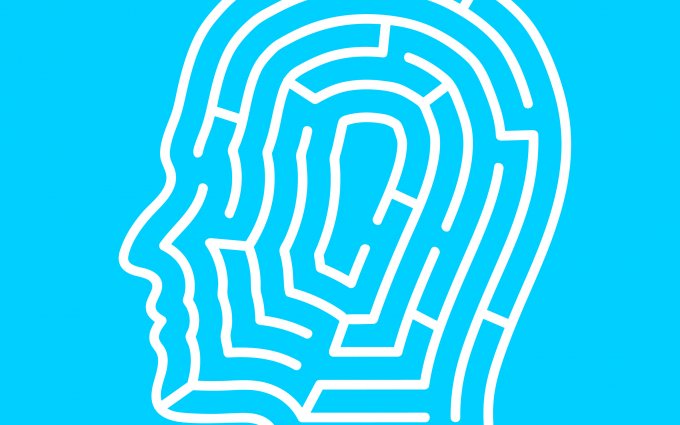12/29/2015

Before 1974, there was no consistent way to clinically assess the levels of impaired consciousness or responsiveness in comatose patients. This lead to misunderstandings when different cases were compared and results shared among doctors. That’s when Neurosurgery Professors Graham Teasdale and Bryan Jennet of the University of Glasgow devised the Glasgow Coma Scale as a way to standardize and grade a patient’s condition to enable treatment comparisons and assist in prognostication of a patient’s condition. Today, it remains the world’s most commonly used scale for measuring consciousness.
A traumatic brain injury can have a wide range of outcomes, from mild injury to a persistent vegetative state. The Glasgow Coma Scale helps medical staff by providing a standard measure to determine the level of consciousness associated with an injury and guidance for treatment options. The scale estimates the severity of injury using an aggregated 15-point range. These points reflect the hierarchy of responses within each of three main categories: motor response (1-6 points), verbal response (1-5 points), and eye opening (1-4 points). For instance, a patient who withdraws from a noxious stimulus rates a “4 out of 6 points.” A verbal response that includes jumbled phrases with words would get a “3 out of 5 points.” And if the eyes open to pain, the eye opening score would be a “2 out of 4 points.” The final score is determined by adding these values from the three categories. In this case, the patient’s score on the Glasgow Coma Scale would be a “9” out of a possible “15” points and would be categorized as moderate traumatic brain injury. The scores are assessed this way:
Throughout hospital treatment, Glasgow Coma Scale can be recorded and plotted on a person’s chart in order to track the improvements or worsening of traumatic brain injury conditions. For children with possible traumatic brain injury, a modified version of the Glasgow Coma Scale known as Pediatric Glasgow Coma Scale is used. While both of these scales have been widely adopted by the medical community and are standard in determining the severity and prognosis of brain injuries, there are a couple of notable limitations.
To learn more about the Glasgow Coma Scale and achieving the best results for injured workers with traumatic brain injury, visit Paradigm Outcomes online, and follow us on Facebook and Twitter.